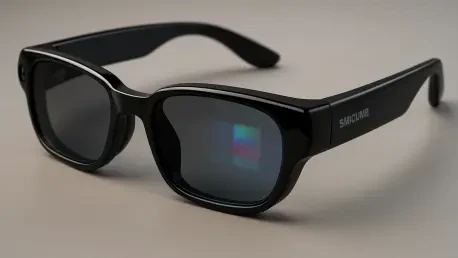
Smartwatches have become indispensable companions, tracking everything from heartbeats to daily footsteps, and even listening to voice commands for seamless assistance in an ever-connected world. Yet, as these devices weave deeper into daily life, a pressing question emerges: how secure is the

What if a simple pair of glasses could transform your daily routine into an immersive, interactive experience? Picture walking down the street while real-time navigation cues overlay your view, or attending a virtual meeting without ever touching a screen. Google is poised to turn this vision into

Wearable technology has evolved from a niche curiosity into a transformative force, with the market projected to soar from a valuation of $66.10 billion in 2023 to an impressive $344.25 billion by 2032, reflecting a robust compound annual growth rate (CAGR) of 20.2%. This remarkable trajectory is

Imagine a world where your eyewear does more than just correct vision or shield your eyes from the sun—it seamlessly integrates cutting-edge technology into your daily life, blending style with futuristic functionality that could transform how you interact with the world around you. A recent leak

What if a small device on your finger could transform the way virtual worlds are explored, making clunky controllers a relic of the past? In 2025, Samsung is pushing the boundaries of wearable technology with the Galaxy Ring, a device that promises to redefine navigation in extended reality (XR)

Imagine a world where a single, compact device could transform the way families monitor their health, replacing a clutter of tools with one sleek solution right at home, and making routine check-ups simpler than ever. The recent US launch of the Withings BeamO, a multiscope health device, brings